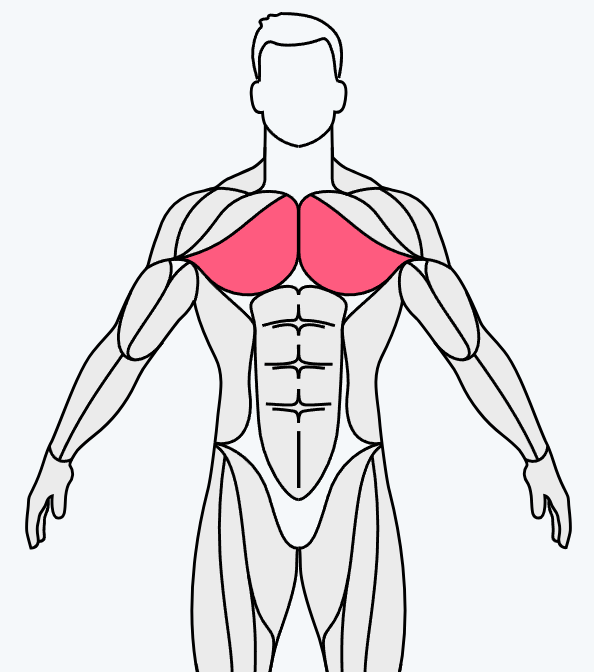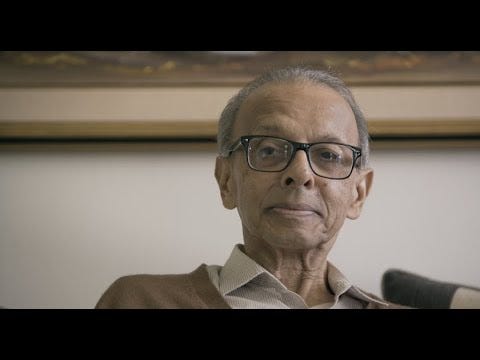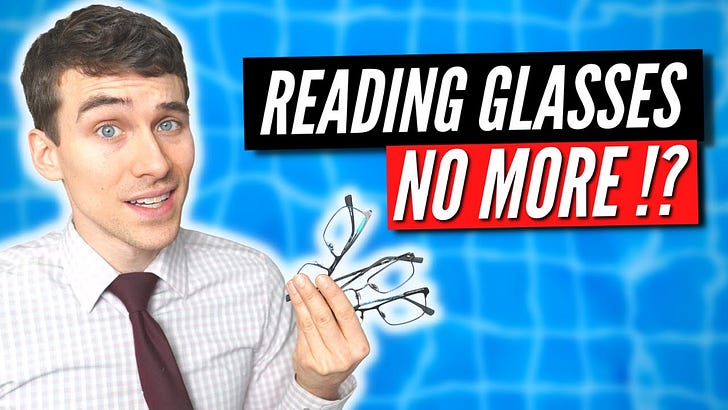We've all got the WhatsApp forwards.
Exercise routines that need to be followed. Strengthening everything from the abs to the pectorals to the biceps.
In most cases, this degenerates into a barely comprehensible routine and for the most part, it's simply people going through the motions.
This site, Musclewiki, has managed to simplify it to the part you are interested in with a solid UX tweak. Instead of words, it connects the part of the body you need to work on to the recommended exercises.
They have a different set of graphics for men and women.
And once you click into the exercises, you're taken to a video demonstration of how it is done.
It is interesting to see these sites evolve, from a collection of exercise positions to GIFs to videos and even animations.
Question is, does this address one of the biggest problems?
Getting people to continue exercising and making it a habit.
That still seems to require a one on one with a trainer. That is the best UX of all and unlikely to change because we aren't looking for clarity alone.
We're looking for encouragement, motivation and validation that we're doing the exercises right.
And for that, a trainer is still the best way to go.
The evolution of the UX is welcome, but that's where it stops.
You have no way of knowing if you're doing the exercises right. That still requires professional oversight.
The crossover from virtual to real is still the hardest bridge to get across.
Indian midwives are possibly better than Dr. Spock!
It's not an old wives’ tale.
Scientific evidence is emerging that tummy rubs and massages for infants is a good way to keep babies growing and glowing.
We've grown increasingly suspicious of any of the traditional forms of early infant care. Which is a pity because hundreds of centuries of native expertise has been relegated to the background because - well, there's no data on it!
We require qualified doctors to put their stamp of authority and tell us what we're doing is good.
Gary Darmstadt is professor of neonatal and developmental medicine at the Stanford University School of Medicine. When traveling through villages in India and Bangladesh, he saw several mothers and grandmothers massaging their newborns for hours.
And a study proved that there was a 40% reduction in the infection rate and a 20-25% reduction in mortality rates. This was on a set of nearly 500 babies.
A much larger study is underway and hopefully, it will dispel the suspicion that new mothers have.
Today, protecting children and bringing them up in a highly sanitised environment because they are seen as fragile is the accepted norm. Even though they need to build resistance to several allergens as well as bacteria and it may not be wise to keep them insulated all the time.
But that's a hard story to sell. Children with gleaming oil on their bodies and long massage regimens to be followed is not exactly convenient.
As it is, young couples struggle with the early rigors of managing infants. And massages for the baby aren't a priority, no matter what the promised benefits are.
The fragility of startups
There's an early stage every startup has to get through.
The point from idea to product.
And discovering along the way whether customers will buy into it at all. Several hard knocks and disappointments later, the outline of what the product will become forms hazily
There's still no guarantee it will work.
Remember blowing those millions of soap bubbles that stream out looking brilliant and they burst with a single touch. Disappear completely.
People have worked on the idea for several years and evolve the concept they originally came up with.
How do they keep going through all the rejections and persist?
There's no single answer to that one. It's often about not wanting to do anything else because their belief is strong.
For instance, a story about a naval architecture graduate who thinks that boats running on solar power are the future.
He's managed to persuade a couple of ferry owners to implement it in Kerala.
There are several interests working against him. The existing engine boat manufacturers don't want their business to dry up.
And he's proven that a 20 HP solar boat can go up against the might of a 50-75 HP engine.
Add to the fact that they save tremendous amounts of money on running costs and it becomes an attractive proposition for owners.
But it is a long haul. Convincing people to put in the money, delivering to expectations and finally, establishing a market can take decades.
And that, curiously enough, seems to be the attraction that draws entrepreneurs in.
Every week, I'll plant a few ideas in your mind on branding, behavior and markets. Triggers for your thoughts. Spread the word to your friends. All you have to do is click the link and enter an email address.













Share this post